Chicory Plant Uses: What To Do With Chicory Plants


You’ve probably heard of chicory and you may even have this ornamental plant in your garden. But you may not be sure what to do with chicory or how you can start using chicory from the garden. What is chicory used for? Read on for information on chicory plant uses, including tips on what to do with chicory leaves and roots.
What to Do with Chicory?
Chicory is a hardy perennial plant that comes from Eurasia where it grows in the wild. It was brought to the United States early in the country’s history. Today, it has naturalized and its clear, blue flowers can be seen growing along roadways and in other uncultivated areas, especially in the South. Chicory looks like a dandelion on steroids, but blue. It has the same deep taproot, deeper and thicker than a dandelion, and its stiff stalk can grow to 5 feet tall (2.5 m.) tall. The flowers that grow in the stem axils are between 1 and 2 inches (2.5 to 5 cm.) wide and a clear blue, with up to 20 ribbon-like ray petals. If you are wondering how to use chicory, you have many options. Some gardeners include it in the backyard plot for its ornamental value. The blue blossoms open early in the morning, but close up in the late morning or early afternoon. But there are numerous other chicory plant uses.
What is Chicory Used For?
If you ask about different chicory plant uses, be prepared for a long list. Anyone spending time in New Orleans is likely to be familiar with the most famous use of chicory: as a coffee substitute. How to use chicory as a coffee substitute? Chicory coffee is made from roasting and grinding the large taproot of the plant. But ways of using chicory from the garden are not limited to preparing a beverage. In ancient times, Egyptians cultivated this plant for medicinal purposes. Greeks and Romans also believed that eating the leaves promoted health. They used the leaves as a salad green, calling it the “Friend of the Liver.” This trend faded and by the 17th century, the plant was considered too bitter to go on the table. Instead, it was used for animal forage. In time, gardeners in Belgium found that the very young, pale leaves were tender if grown in the dark. Today, chicory is also used medicinally as a tea, especially in Europe. If you are wondering how to use chicory in this manner, you make the tea from chicory roots and use it as a laxative or for skin problems, fevers, and gallbladder and liver ailments. Disclaimer: The contents of this article is for educational and gardening purposes only. Before using or ingesting ANY herb or plant for medicinal purposes or otherwise, please consult a physician or a medical herbalist for advice.
Gardening tips, videos, info and more delivered right to your inbox!
Sign up for the Gardening Know How newsletter today and receive a free copy of our e-book "How to Grow Delicious Tomatoes".

Teo Spengler is a master gardener and a docent at the San Francisco Botanical Garden, where she hosts public tours. She has studied horticulture and written about nature, trees, plants, and gardening for more than two decades. Her extended family includes some 30 houseplants and hundreds of outdoor plants, including 250 trees, which are her main passion. Spengler currently splits her life between San Francisco and the French Basque Country, though she was raised in Alaska, giving her experience of gardening in a range of climates.
-
 Moody Blooms For Spring: 8 Types Of Black Flowers To Add Drama To Spring Displays
Moody Blooms For Spring: 8 Types Of Black Flowers To Add Drama To Spring DisplaysFrom midnight burgundies to inky violets, several types of black flowers can enrich and embolden a spring display. Try these brooding bloomers for a moody garden
By Tonya Barnett
-
 My Homemade Orchid Fertilizer Always Brings More Blooms – Here's The Easy Recipe That Transforms Plants
My Homemade Orchid Fertilizer Always Brings More Blooms – Here's The Easy Recipe That Transforms PlantsScientist-turned-gardener Mary Ellen Ellis shares her tried-and-tested DIY orchid fertilizer recipe, plus more ingredients to try for healthy, happy plants.
By Mary Ellen Ellis
-
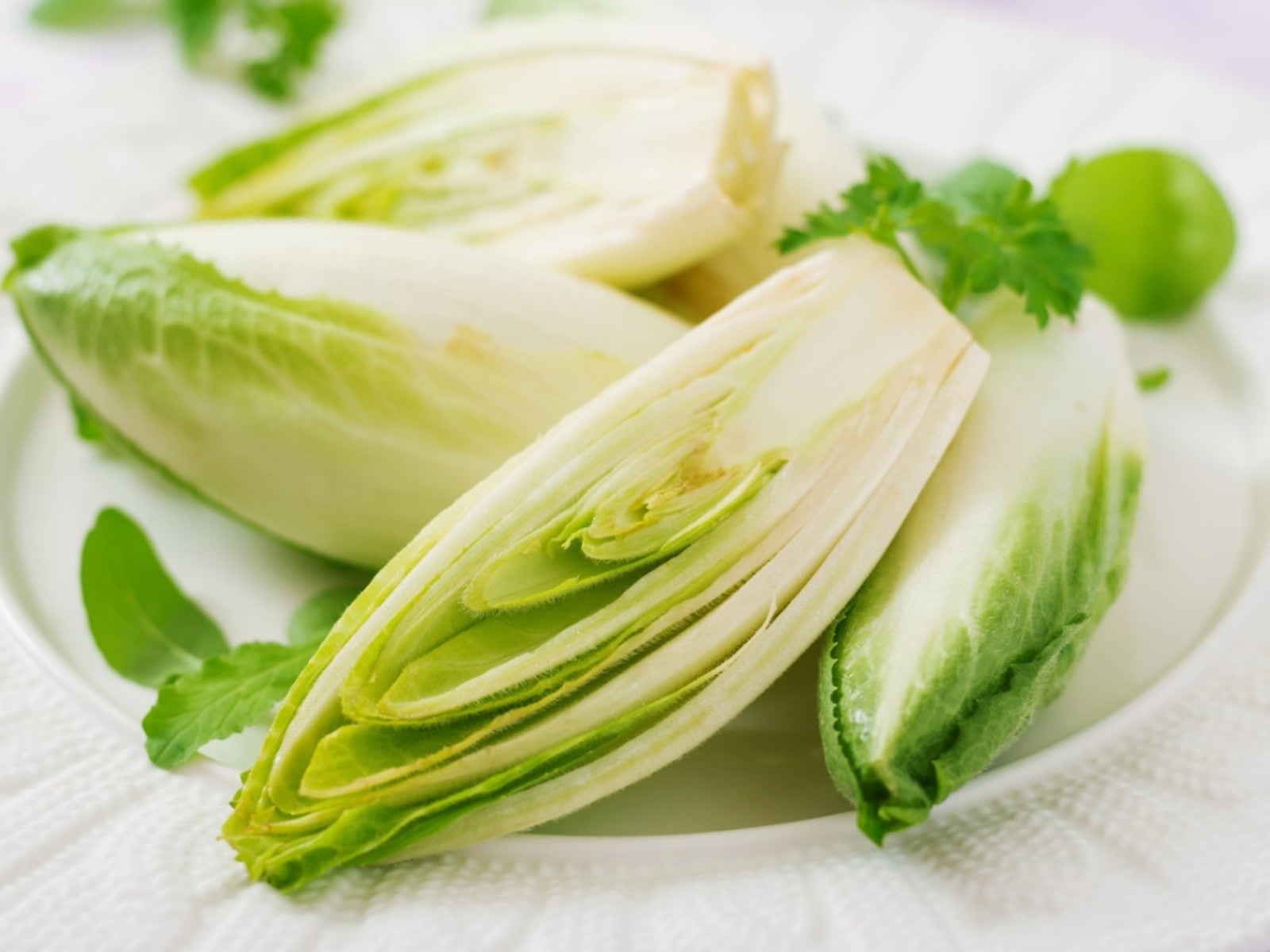 Different Types Of Chicory: What Are Chicory, Endive, And Escarole
Different Types Of Chicory: What Are Chicory, Endive, And EscaroleEndive or Chicory? If you’ve ever found yourself wondering which you should use in a recipe, you’ve come to the right place.
By Laura Miller
-
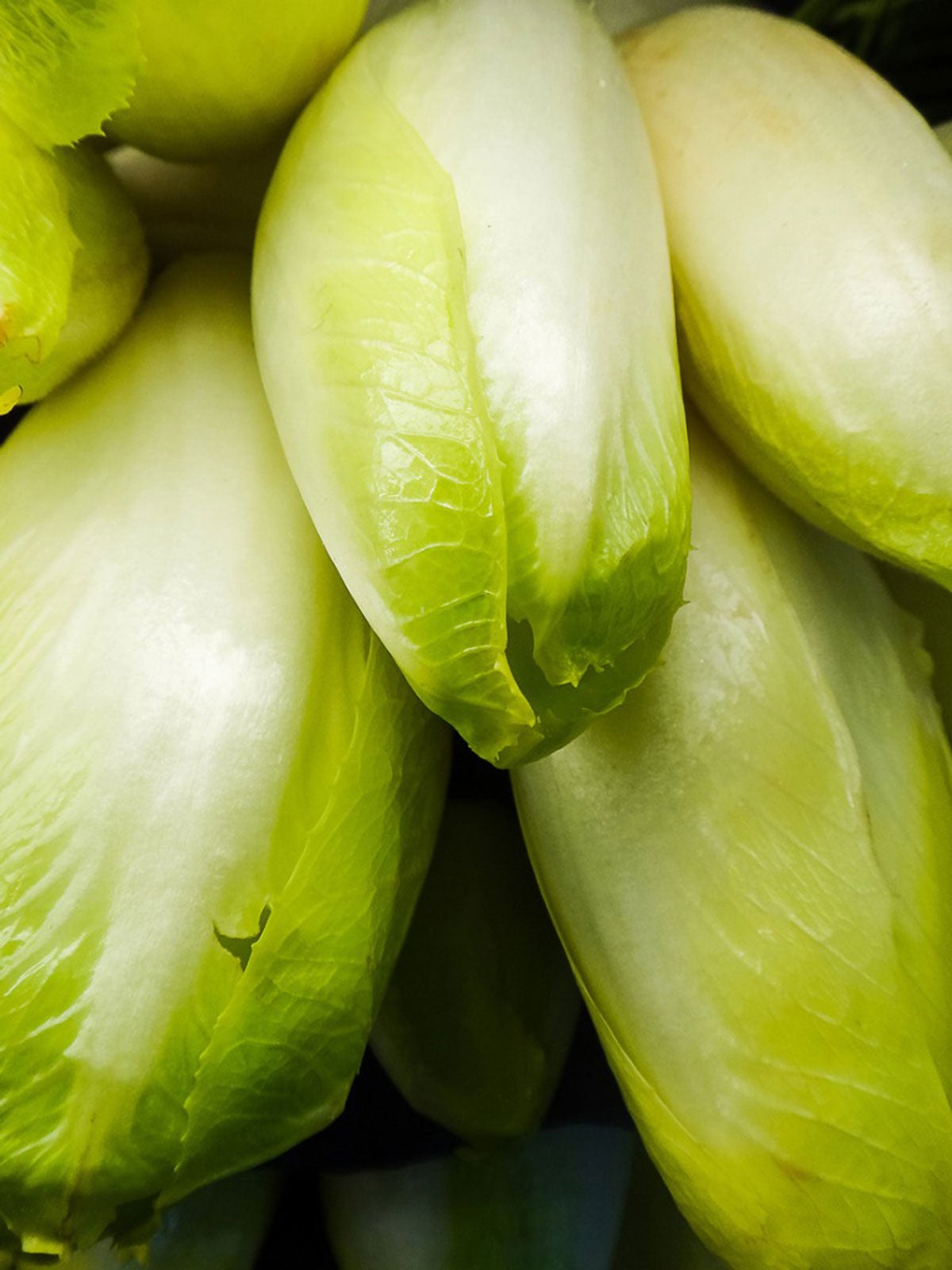 Belgian Endive Info – Tips For Growing Witloof Chicory Plants
Belgian Endive Info – Tips For Growing Witloof Chicory PlantsWitloof chicory is a weedy-looking plant. That's not surprising, as it's related to the dandelion and has frilly, pointed dandelion-like leaves. What is surprising is that witloof chicory plants have a double life. Click here to learn more about this amazing plant.
By Laura Miller
-
 Chicory Winter Care: Learn About Chicory Cold Tolerance
Chicory Winter Care: Learn About Chicory Cold ToleranceChicory in winter generally dies back and will spring anew in spring. This occasional coffee substitute is easy to grow and a fairly reliable perennial in most zones. Learn more about chicory cold tolerance and what you can do to help protect the plants here.
By Bonnie L. Grant
-
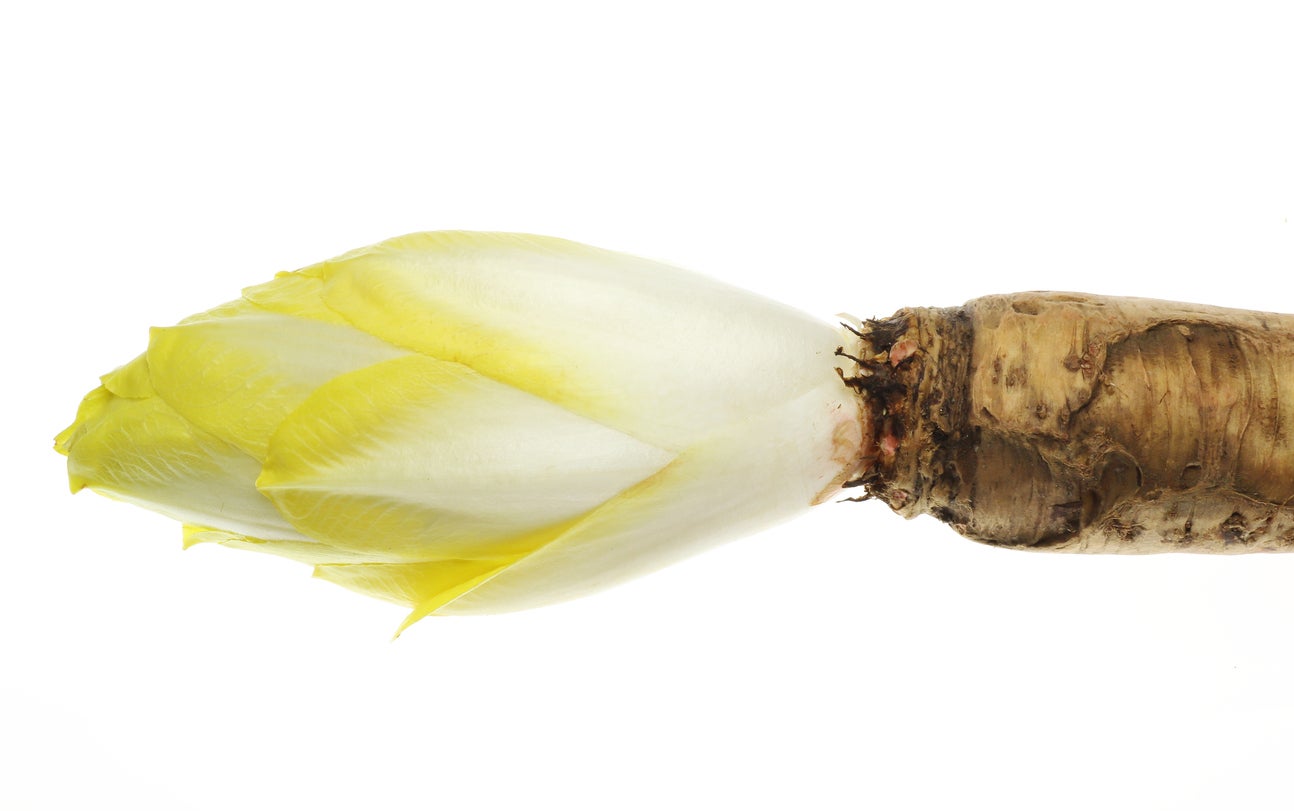 Forcing Chicory Plants – Learn About Chicory Root Forcing
Forcing Chicory Plants – Learn About Chicory Root ForcingHave you ever heard of forcing chicory plants? Chicory root forcing is a common procedure that transforms the roots into something marvelous. If you are growing chicory, and are wondering “should I force chicory,” the resounding answer is yes! Learn more here.
By Amy Grant
-
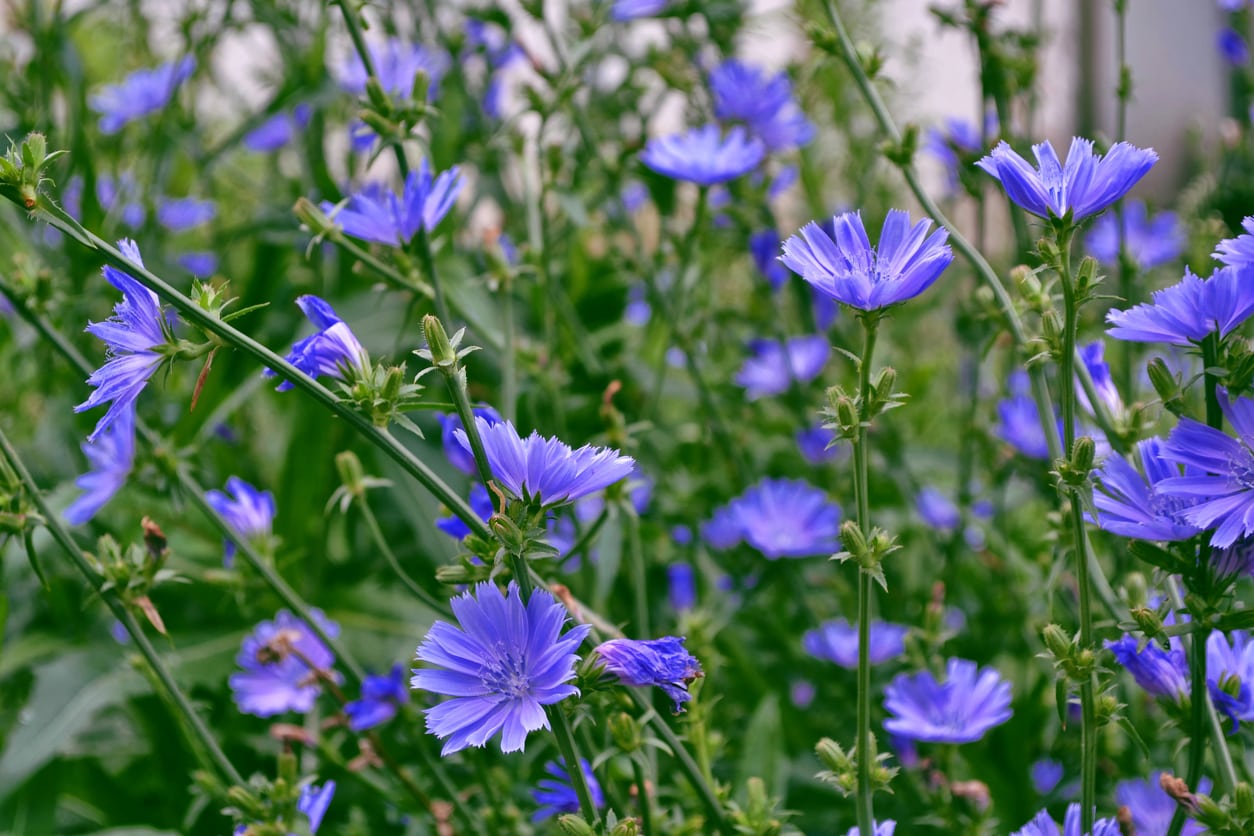 Is Chicory An Annual Or Perennial: Learn About Chicory Lifespan In Gardens
Is Chicory An Annual Or Perennial: Learn About Chicory Lifespan In GardensPlant lifespan is often a subject of debate. For instance, many annuals in the north are actually perennials or biennials in the south. So, is chicory an annual or perennial? Click this article to see which… or if there is a third, unexpected choice.
By Bonnie L. Grant
-
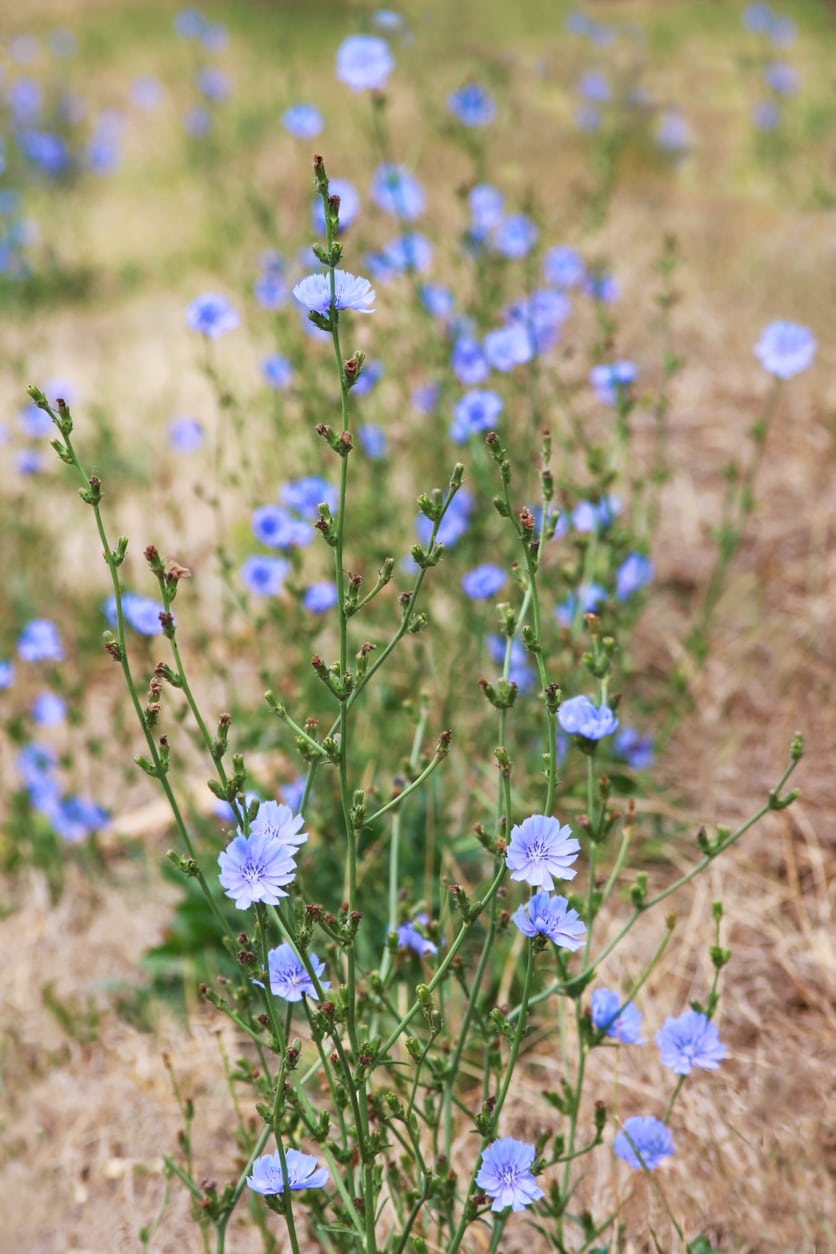 Treating Sick Chicory Plants: Learn About Common Chicory Diseases
Treating Sick Chicory Plants: Learn About Common Chicory DiseasesIf you are growing chicory in your garden, it is disappointing to see sick chicory plants. If this happens to you, you probably want some answers on “what’s wrong with my chicory.” Click this article for a discussion of chicory plant problems.
By Teo Spengler
-
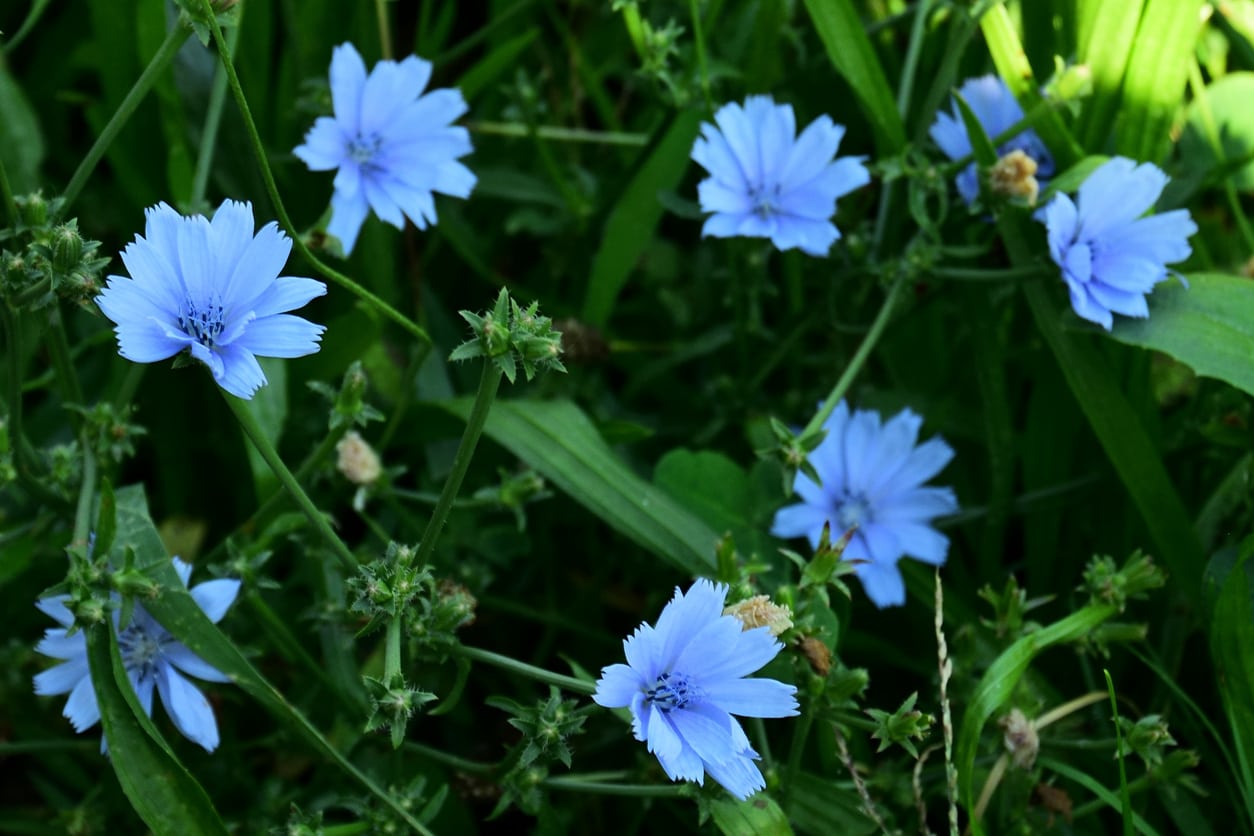 Potted Chicory Care – Can You Grow Chicory In A Container
Potted Chicory Care – Can You Grow Chicory In A ContainerGenerations of herbalists have used this chicory herb as a treatment for maladies ranging from upset stomach and jaundice to fever and gallstones. Growing potted chicory plants is a great way to enjoy them up close and in small spaces. Click here to learn more.
By Mary H. Dyer
-
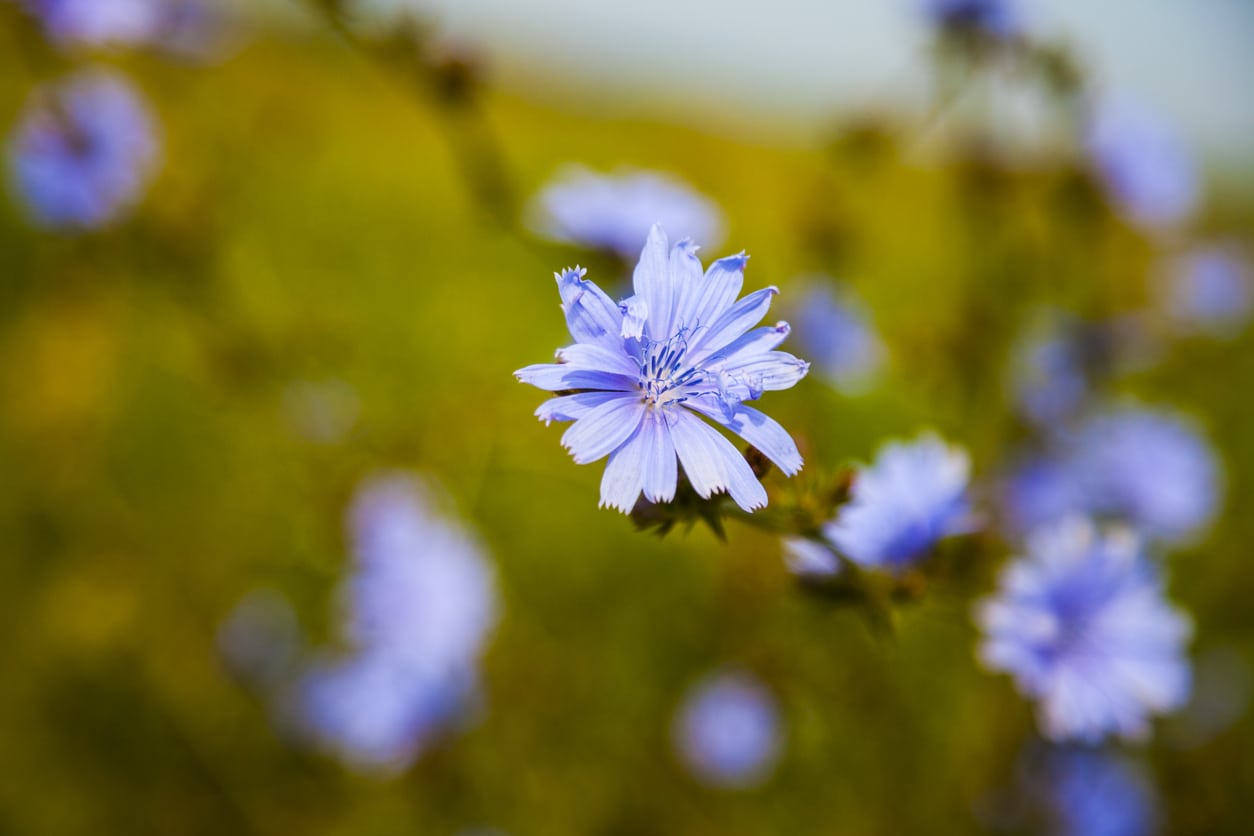 Types Of Chicory – Chicory Plant Varieties For Gardens
Types Of Chicory – Chicory Plant Varieties For GardensIf you decide to plant chicory in your garden, you’ll want to scope out different chicory plant varieties. Each has its own characteristics, uses, and growth requirements. Click here to learn about different chicory plants and how to choose among the many varieties of chicory.
By Teo Spengler